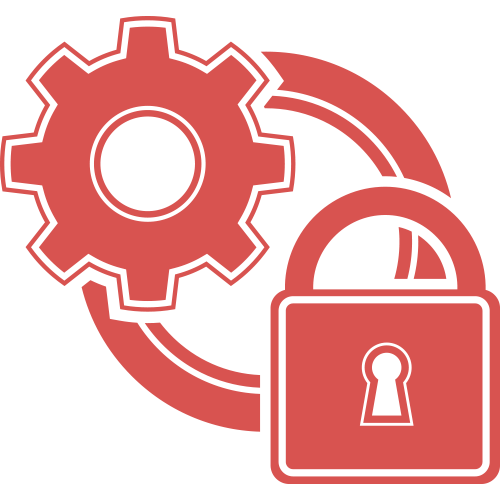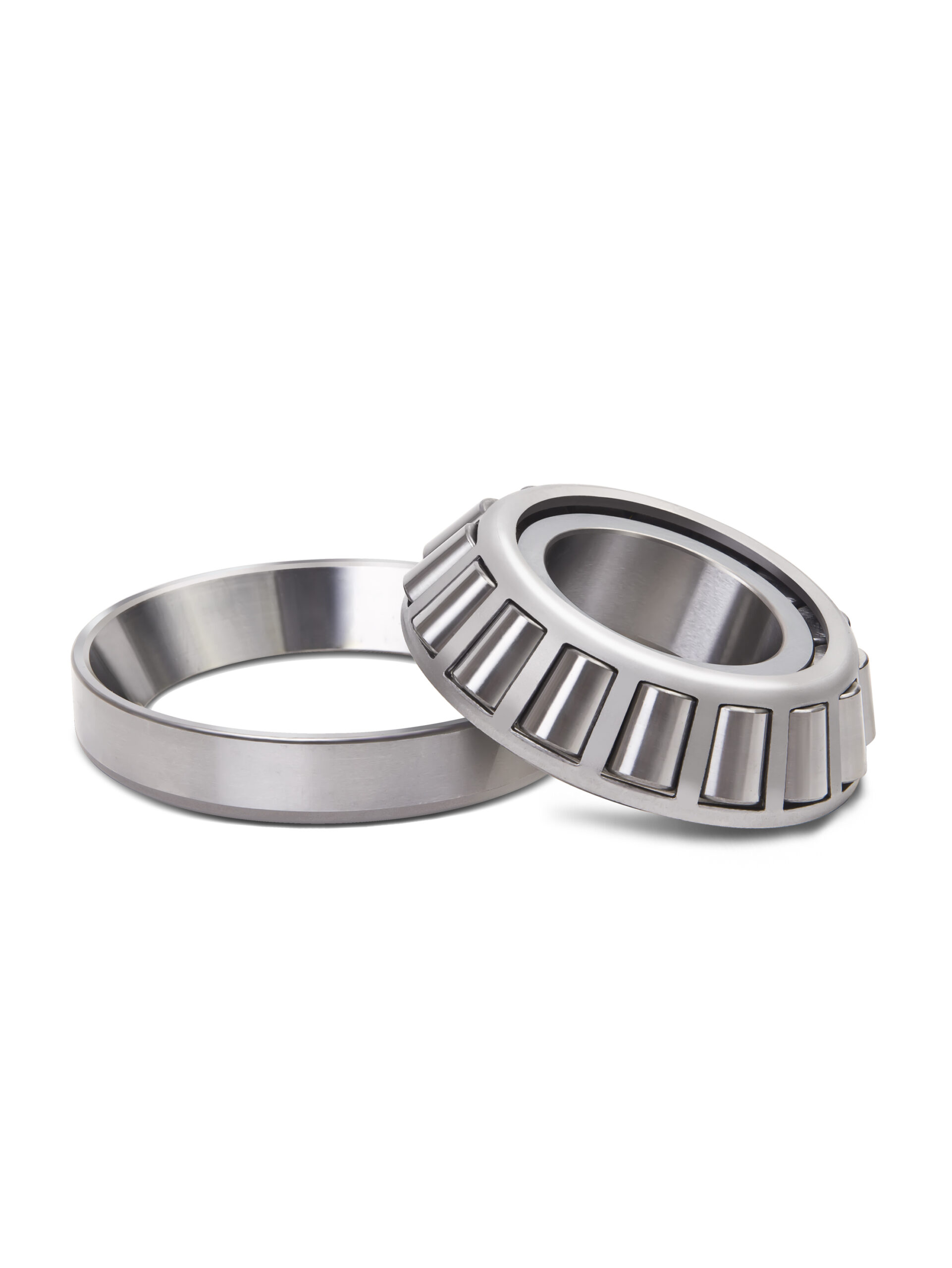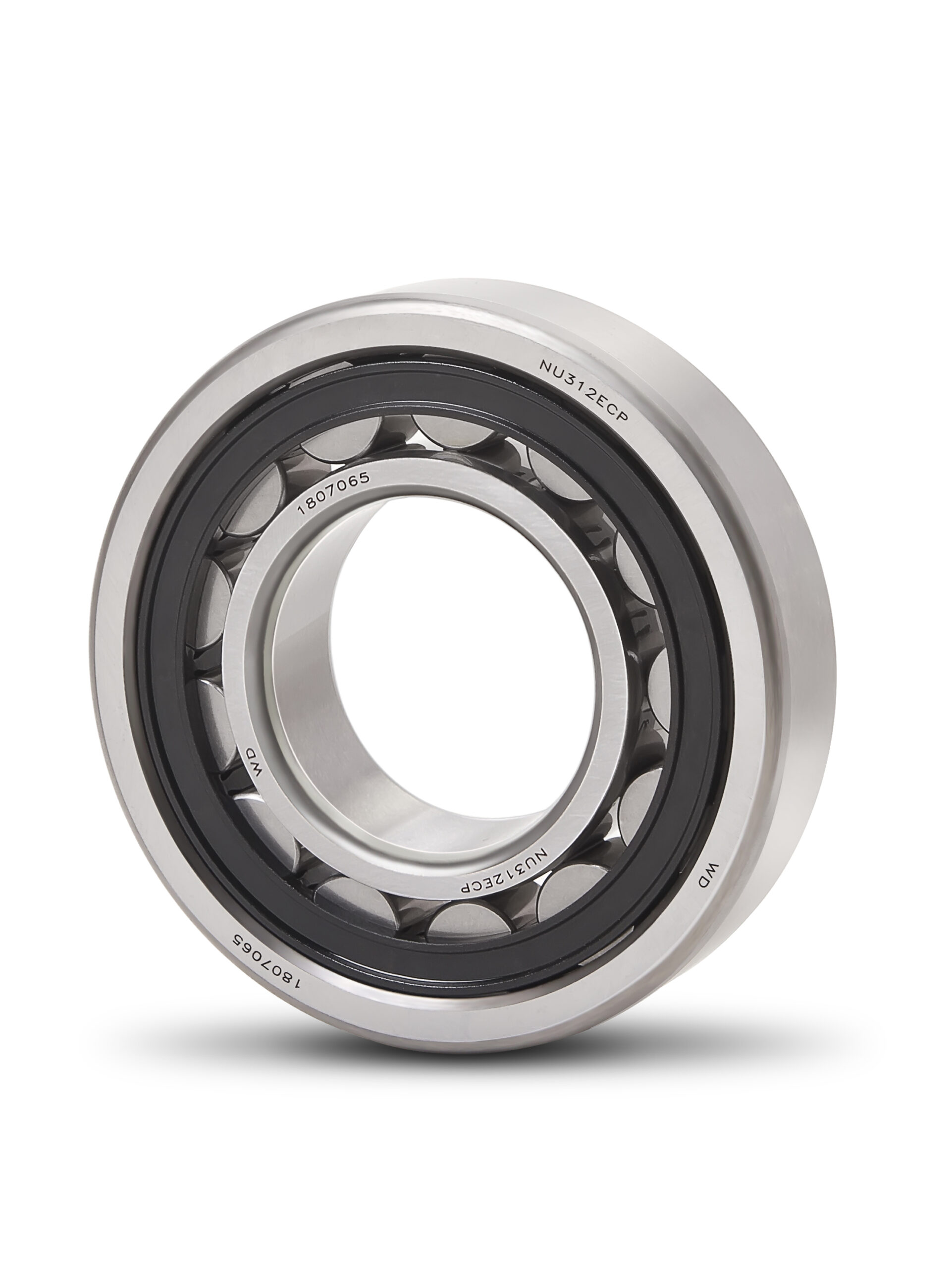Gearboxes
Performance through Torque and Speed
Industries We Serve
Why Choose WD?

Asset Knowledge
Centuries of experience among our engineers and sales teams
A gearbox houses the gears necessary for a strong, reliable transmission. These gears use rotation to transfer energy from one device to another, allowing the entire system to transfer power. For the gearbox to work most effectively, each gear needs the proper bearing to stay in motion. WD Bearing’s for gearbox bearings offer superior friction resistance and support for the overall system.
Transmission Gearbox — Components and Bearings
Modern gearboxes require immense reliability, as they often contribute to essential operations and can cause major complications when malfunctioning. Thankfully, WD Bearing’s roller bearings for gearbox applications are designed to suit your specific needs 100% of the time.
A transmission gearbox is home to many components that work together to move and distribute power. Some of the most notable parts include the:
- Main shaft
- Counter shaft
- Gears
- Bearings
- Gear shift fork
What Is a Transmission Gearbox?
A transmission gearbox is a machine part that makes power levels match application needs. Two main factors influence the device’s operation — torque, which is the rotational force of an object, and speed. Friction can affect both of these forces.
Friction occurs when two objects move against one another. The most common type of friction is sliding friction, which is what you get when two solid or rough materials connect. In sliding friction, force works against these movements, which causes resistance and makes them slower and less effective.
Rolling friction, on the other hand, provides much less resistance, allowing the materials to slide against one another smoothly and more efficiently. While sliding friction requires a force proportional to the load it’s moving, rolling friction can more easily put objects into motion since it encounters less resistance.
In your transmission gearbox, bearings turn sliding friction into rolling friction. They allow the entire system to work together and effortlessly improve speed and torque levels. As you shift gears on your vehicle, machine or other equipment, the gearbox will know whether it’s time to start working harder or cool down from its efforts and can do so right away.
The Physical Influence of Bearings in Transmission Gearboxes
Bearings are often some of the smallest parts in a transmission gearbox, but they help make everything around them run smoothly. Because bearings reduce the level of friction between gears, they allow gears to rotate faster around the shafts. When the gear shift fork prompts the gears to turn at a different rate, bearings let them begin to do so immediately, making the entire gearbox more effective in any operation.
More than that, our bearings contribute to:
- Overall gearbox life: Less friction means your parts wear down slower. Though every part may ultimately need replacing if you use it long enough, bearings can significantly extend the life span of your gears and by extension the rest of your gearbox.
- Product consistency: Bearings help your transmission gearbox maintain the proper power levels immediately upon start so that everything you produce uses that same, consistent energy.
- Fracture resistance: As mentioned, friction is a major cause of wear and tear on transmission parts. The bearings act as a cushion between them, preventing fractures and breakage.
Industries Using Bearings in Transmission Gearboxes
These bearings are useful in any piece of machinery that uses a transmission. They’re most often found in:
- Automobiles
- Wind turbines
- Agricultural equipment
- Off-road equipment manufacturing (OEM)
Common Bearing Types
Wondering about which type of bearing you should use in your gearbox? Consider your most pressing needs for your project, then explore WD Bearings’ selections of:
- Angular contact ball bearings: As the name suggests, angular bearings are designed to transfer weight between gears along a specific contact angle. This format helps them manage both axial and radial loads quickly.
- Cylindrical roller bearings : Cylindrical bearings offer a moderate thrust load and high radial capacity. With the special design and manufacturing process for the rollers and raceways, they are able to work at high speeds consistently.
- Tapered roller bearings: The rollers in these bearings are held together by an outer and inner ring, or cup and cone. The rollers offer more contact loading , allowing weight distribution across a larger threshold.
- Deep groove ball bearings: Deep groove bearings generate less torque friction , meaning they operate at a higher speed and less heat generation, extending your equipment’s life span.
- Four-point contact ball bearings: If your equipment needs to support axial and radial loads simultaneously , this bearing is a good choice for you, though it does tend to work best on slow to moderate-speed operations.
Get the Most Out of Your Bearings
When you’re working with heavy-duty equipment featuring a transmission gearbox, you need the best parts possible to ensure a long life span and efficient working conditions. At WD Bearings, we source our bearings from 99.98% VIM-VAR steel, which is one of the most durable materials available. Following installation, you’ll have a reliable transmission gearbox ready to get started on your work right away.
Whether you’re working in the automobile industry, off-road equipment or something else entirely, let WD Bearings give you the tools you need to succeed. Contact us today to order bearings made precisely for your gearbox applications.











